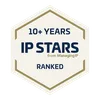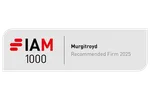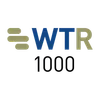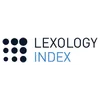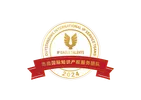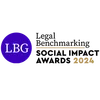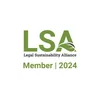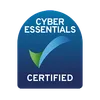Patents can be used within different business models, which may include licensing your technology to third parties. Here, our expert Tom Baker explores the model used by MIPS AB — a helmet technology company — which is both lucrative and beneficial for consumers.
Many of us are looking for alternatives to public transport as a result of the COVID-19 pandemic and it seems like the popularity of cycling is set to skyrocket. 1.3 million Brits — almost 5% of all UK consumers — have bought a bike during lockdown.
Although it isn’t a legal requirement, thankfully most cyclists wear helmets. While not all of us will be reaching Chris Froome-like speeds, the good news is that helmet manufacturers have stepped up their game to help keep us all safe.
Multi-directional Impact Protection System (MIPS) #
Most helmet models consist of an ‘in-mould microshell’ (usually made of polystyrene, shaped to cradle part of a user’s head) and a thin outer ‘microshell’ layer (which is incorporated during the moulding process). These helmets were designed solely with concern to direct or head-on impacts, which is reflected in international testing standards. On impact, the force is absorbed by the shell, which breaks apart to protect the head of the wearer.
However, most impacts are rarely head on. Glancing blows are far more common, as the rider tends to travel forward relative to the ground. As such, impacts are angular and usually have a rotational element.
In order to address this, a system called the Multi-directional Impact Protection System (MIPS) was designed and patented. In a MIPS helmet, a separate liner is in contact with the head and moves independently from the outer shell on impact. This is argued to allow some of the force of the impact to be absorbed before the polystyrene shell takes the hit, which reduces the shock to the brain and provides a safer option in crashes.
An alternative business model, built around licensing #
The majority of patents are registered for a company that wishes to manufacture and sell a product, while preventing others from copying it. However, other business models are possible, and — if successful — can be highly rewarding.
The MIPS technology is owned and developed by Swedish company MIPS AB, which licenses it through multiple patents worldwide. In 2019 alone, the technology was implemented in 583 different helmet models. In fact, consumers have now come to recognise (and expect) the yellow MIPS logo on the back or side of their helmets.
MIPS AB offers non-exclusive licenses to a large number of helmet manufacturers — meaning that multiple partners can adopt the market-leading technology (for a fee!). The MIPS system typically adds about £10-15 to the cost of producing a helmet, which includes manufacturing and licence fee costs. However, most manufacturers argue that the extra cost is justified by the significant safety improvement and the fact that consumers now see the MIPS logo as a badge of quality.
Essentially, this allows MIPS AB to focus on its strength — namely, research and development — and make money through third-party licences, meaning that it doesn’t need to manufacture or sell the products itself. While this business model can be tricky to pull off, it’s clearly working wonders for MIPS AB. Due to consumer demand for the MIPS technology, helmet manufacturers around the world are unable to ignore the benefits of the technology.
Your perfect business model #
In this case, it certainly seems like everyone’s a winner. Ultimately, patents can be used to facilitate a variety of different business models, and it’s all about finding one that suits you. By working with an experienced attorney, you can make sure that your registered IP rights are fit for purpose.
Our clients adopt a number of different business models based around their IP. Get in touch with us for tailored advice about how best to protect your technology and establish the perfect business model.


